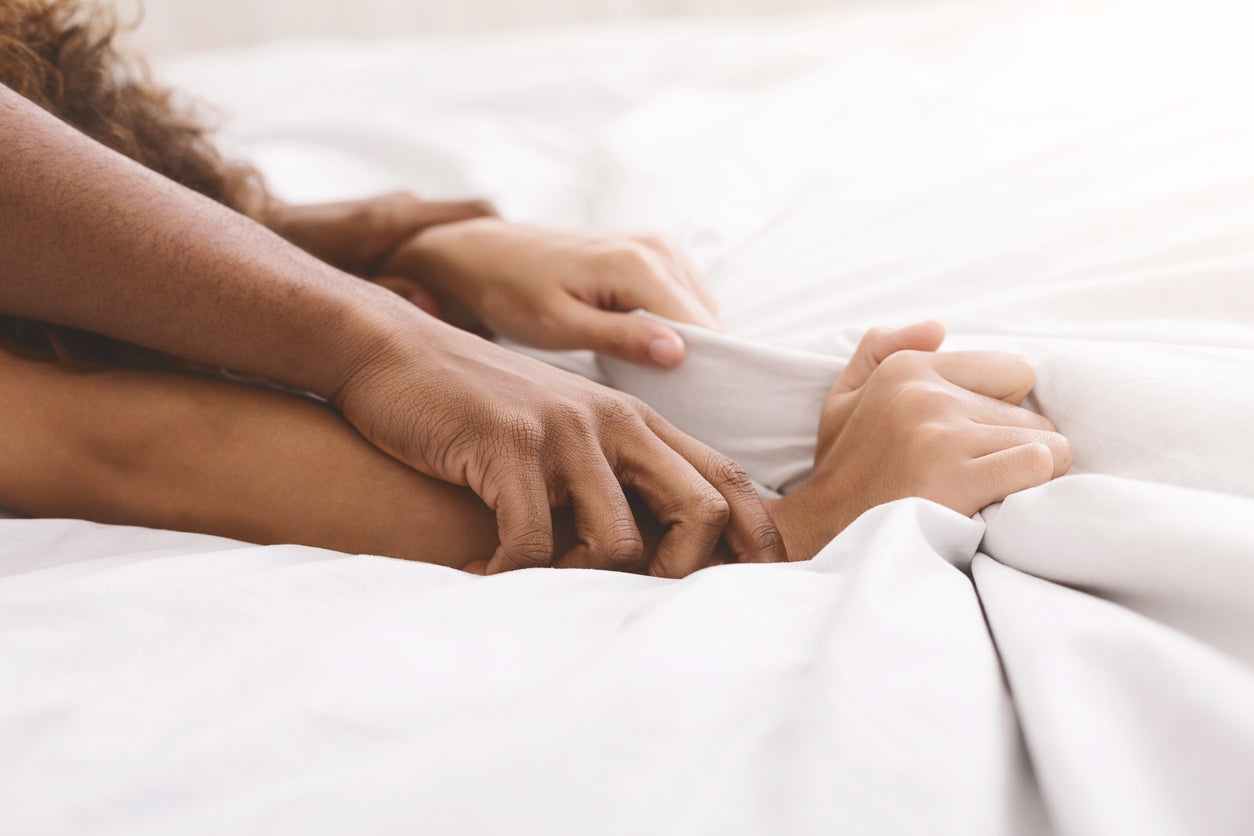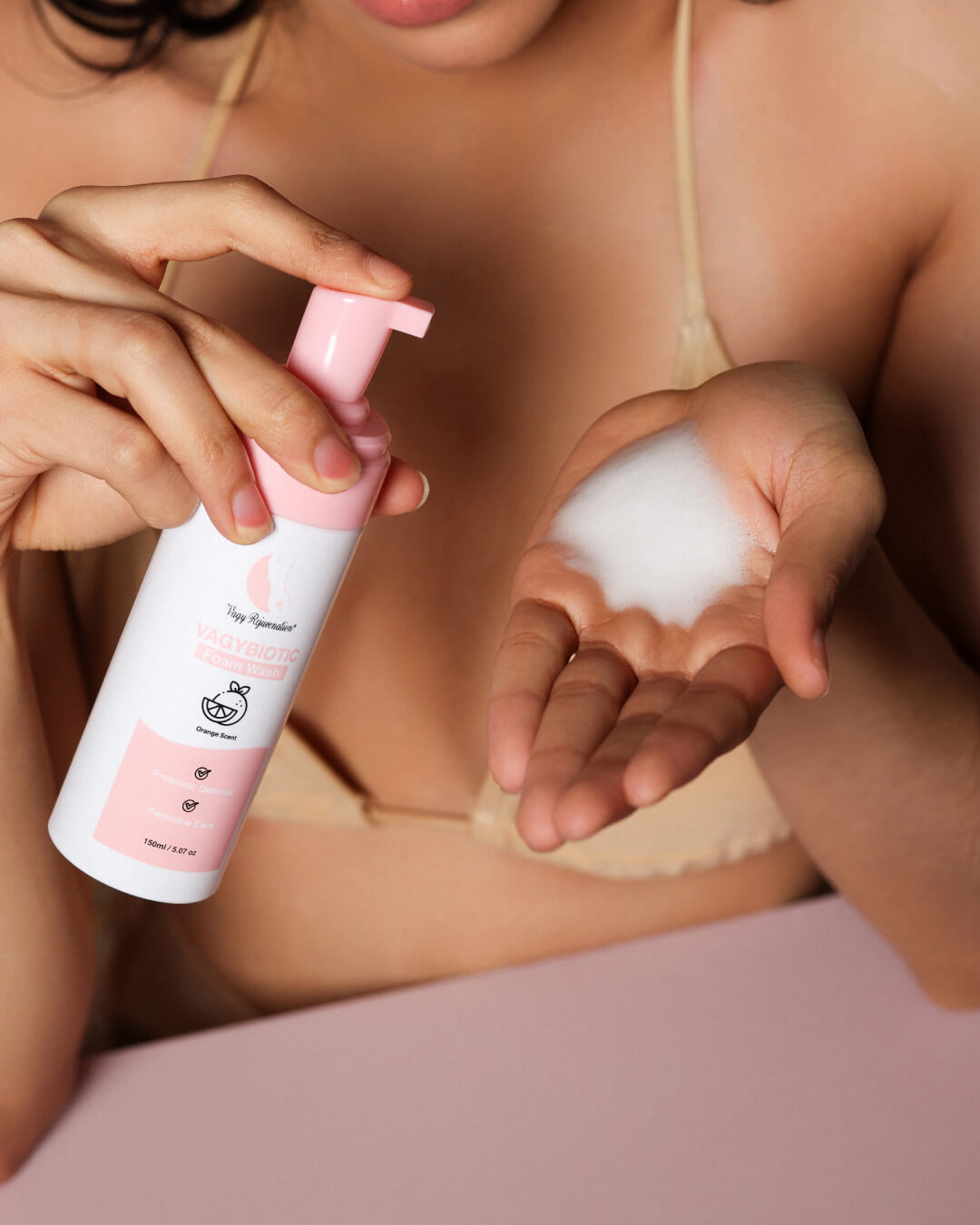
If you think you already know everything about female orgasms, whether you're a woman who's experimented with solo play or someone who's had plenty of female partners, think again! Unfortunately, many of the ideas we have about female orgasms are myths, and this can have negative consequences on a woman's pleasure and self-esteem. Luckily, we're here to clear up these myths with information that can lead to a more satisfying sex life, no matter what role orgasms play in it!
Orgasms defy identification
The first myth we want to address is that you always know when you're having a female orgasm. That's not true. Some people may miss the muscle contractions, release of tension, and other signs of orgasms, especially when they're experiencing them for the first time. As a result, it can feel more weird than good.
Plus, not all orgasms are the toe-curling kind you see on the big screen, designed to grab our attention. Some are smaller or less satisfying than others. Can you believe that most women don't realize that orgasms differ until they're 24?
Orgasms don't just defy personal recognition — even researchers find it harder to define orgasms than you might imagine. Although studies have long relied on specific physical responses to determine whether someone had an orgasm, study participants sometimes report having an orgasm without those signs. So maybe no one knows as much about orgasms as they think.
This is how we end up with vague definitions of orgasm , like Planned Parenthood's "sexual tension builds until it reaches a peak, and pressure in your body and genitals is released." It's better than nothing, but it's not definitive.
While this may not seem like a big deal, it does mean that some women don't realize they're having orgasms or may think that the orgasms they're having are somehow wrong. Women certainly have enough on their plates without worrying that they're somehow having wrong orgasms. This brings us directly to our next point.
Obsession with vaginal orgasms
Our problems with G-spot orgasms go back at least to Freud, who linked a lack of vaginal orgasms to immaturity . This set up clitoral orgasms as immature and inferior. No wonder so many women seek a female orgasm from partnered penetration!
To this end, many women — and their partners — have developed an obsession with the G-spot, a sensitive spot that provides pleasure and orgasms and can potentially make a woman ejaculate. There's just one problem with this fascination: the G-spot doesn't exist like you think. That doesn't mean that many women don't have a sensitive spot on the front wall of their vagina that can be fun to explore. It does mean, however, that the G-spot isn't a specific organ that makes all of this possible.
Instead, the G-spot is one of several areas inside your vagina where you can stimulate the sensitive organ that surrounds it: the clitoris. That's right. The clitoris is much more than the sensitive little bump you see between your lips. Instead, it's an organ that extends inside your body and can be stimulated in a multitude of ways.
If you're one of the people who has had trouble reaching orgasm with penetration, you can rest assured that your clitoral orgasms are not inferior to vaginal ones. It's just a different way of doing it . Even a woman's anal orgasms can result from stimulation of the clitoris through the tissue that separates the vagina and anus.
Of course, the clitoris can't explain all orgasms. If you're one of the lucky few who can "think about yourself" or have orgasms from nipple stimulation alone, then you know that clitoral stimulation isn't always involved.
Still, the clitoris is pretty important when it comes to genital orgasms. If you don't stimulate it in some way, it's going to be a lot harder to get off. Direct stimulation is the only way many women get their clitorises stimulated. It's just harder to hit the target from the inside.
You've probably heard that most women need clitoral stimulation to have an orgasm. Some research backs this up, while other research shows that many women can have vaginal G-spot orgasms fairly easily. One study found that most women needed or preferred clitoral stimulation to orgasm during partnered sex. This might explain why women's first sexual orgasms tend to occur after their first clitoral orgasms.
When you fight
What does this mean for women and the people who love having sex with them? Orgasms are harder to recognize than you might think, and clitoral stimulation of some kind is the best way to have one.
Even then, some people struggle to reach orgasm. If you're one of them, there's no shame. You may need the help of a vibrator - arousal or eroticism are often the key to orgasm, and if you're taking a little longer to get there, LubriLove can keep things lubricated.
Finally, try not to focus too much on having an orgasm. It may sound counterintuitive, but putting that pressure on yourself can actually make it harder to have one. Instead, pay attention to sensations and pleasure. Learn to explore and enjoy your sexuality, and orgasm will often come along with it!
Looking for more tips? Contact us today!


